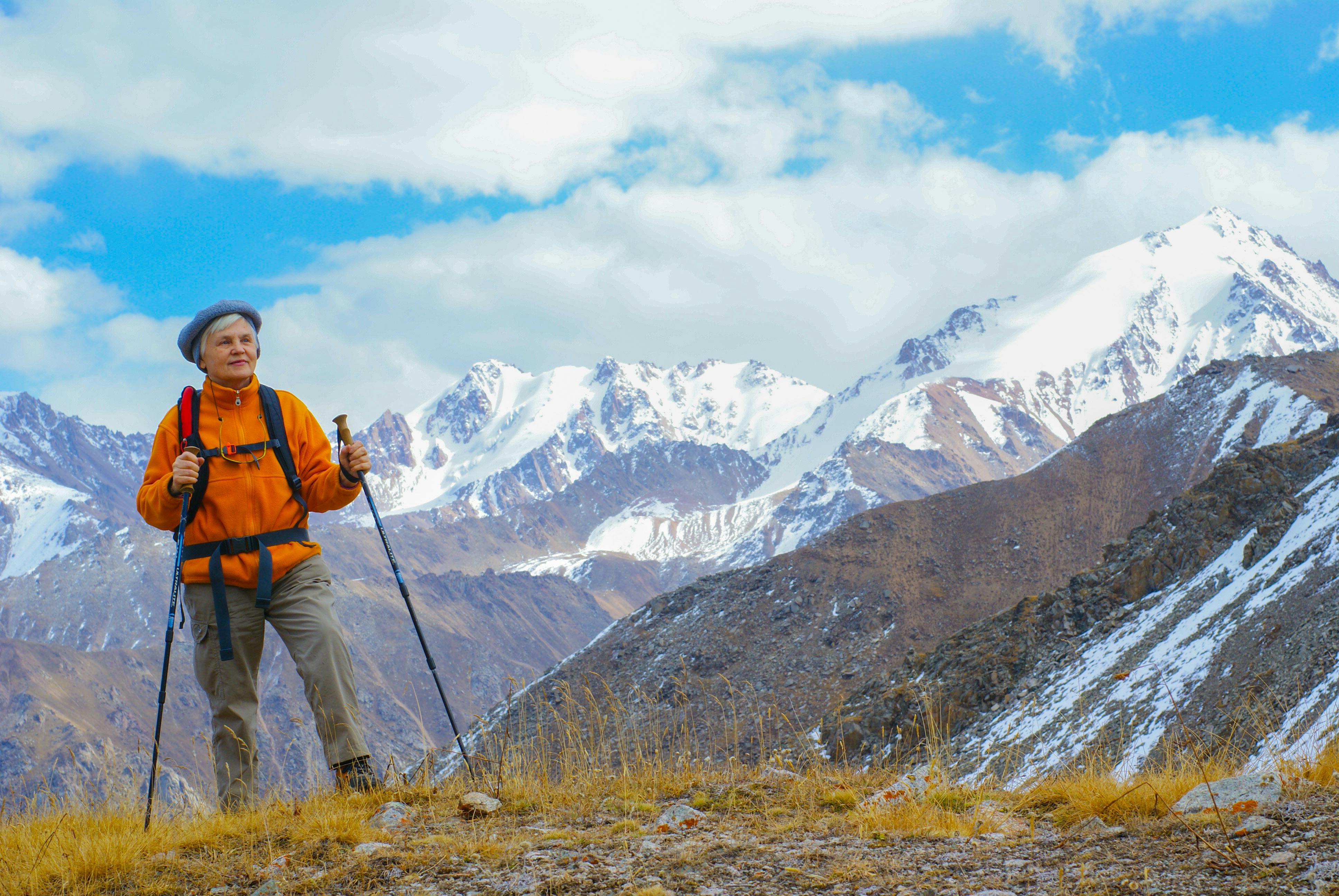The extensive search for an American hiker who disappeared in the rugged terrain of the Pyrenees has come to a close with the discovery of a body by rescue teams. The confirmation brings a definitive, if tragic, end to a multi-day operation that spanned across the treacherous mountain range. The incident serves as a poignant reminder of the inherent dangers of solo hiking and the unforgiving nature of the world’s most challenging landscapes. It also highlights the tireless and often perilous work undertaken by search and rescue professionals.
The search operation itself was a testament to international cooperation, with French and Spanish authorities working in tandem to comb through a vast, unforgiving expanse of territory. The Pyrenees, a natural border between the two nations, are characterized by steep, rocky slopes, dense forests, and unpredictable weather patterns. Teams utilized a combination of ground searchers, specialized rescue dogs, and helicopter units to cover as much ground as possible. The operation transitioned from a hopeful rescue to a grim recovery mission as time passed with no sign of the missing individual.
The account of the lost trekker starts with a lone trip into an area of stunning beauty yet significant danger. Although the precise circumstances of the person’s vanishing are still under investigation, it is thought that they were a fervent and seasoned lover of the outdoors. This event highlights a crucial lesson for all explorers: even those who are most proficient and well-equipped can be vulnerable to the unforeseen elements of nature. The mountains, with their abrupt weather changes and concealed perils, require unwavering awareness and admiration.
The Pyrenees, while a popular destination for hikers and climbers, are not a playground. The range’s challenging topography and rapidly changing weather conditions can quickly turn a planned excursion into a survival situation. Sudden temperature drops, unexpected snowfall, and heavy fog can disorient even the most seasoned mountaineers, leading to a loss of direction. The steep gorges and loose rock can also create treacherous footing, with a single misstep having potentially fatal consequences. These unique risks make rescue operations in the area particularly difficult and time-sensitive.
For rescue operations teams, their tasks are both physically and mentally taxing. Initially, the mission is a race against the clock, driven by the hope that the person is still alive and can be assisted. As time passes and weather conditions worsen, that hope often fades, turning the task from saving lives to retrieving them. These committed professionals encounter their own hazards, moving through perilous landscapes and adverse conditions to complete their mission. Their dedication to providing families with closure is a serious and essential aspect of their responsibilities.
This unfortunate event is part of a broader worldwide pattern of hiking and climbing mishaps, serving as a stark reminder for a community that values nature. Although these occurrences are few relative to the vast number of individuals who explore the outdoors safely annually, each episode acts as an important case study. It highlights the significance of following safety procedures, no matter our level of expertise. It emphasizes the necessity for every explorer to be independent and ready for the most adverse situations.
Modern technology has provided hikers with an array of tools that can aid in a survival situation. From GPS-enabled personal locator beacons (PLBs) to satellite phones, these devices can be life-savers. However, as this incident and others like it demonstrate, technology is not a replacement for good judgment and a thorough understanding of the terrain. Even with the best equipment, a hiker must still make sound decisions, stay on marked trails, and know when to turn back. Technology is an aid, not a guarantee of safety.
The emotional impact of a tragedy like this extends far beyond the immediate family. It is felt deeply by the tight-knit community of search and rescue professionals, who are often emotionally invested in the outcome of their missions. It also sends a ripple of sadness through the global hiking community, serving as a powerful and painful reminder of the thin line between an exhilarating adventure and a catastrophic accident. It is a shared grief for a fellow enthusiast who did not return from a journey.
In the aftermath of this grave finding, attention turns towards the managerial and investigative procedures. Local authorities will formally verify the person’s identity, inform their relatives, and carry out an inquiry to ascertain the precise reason for the death. This stage is essential to offer closure and gain lessons from the unfortunate incident. Additionally, the data collected can help enhance future safety measures and rescue strategies, guaranteeing that the loss leads to improvements.
The somber conclusion to this search is a testament to the complex and often contradictory nature of outdoor adventure. The allure of the mountains is rooted in their challenge and beauty, in the opportunity to test one’s limits against the raw power of nature. Yet, with that beauty comes an inherent and undeniable risk. This incident, while heartbreaking, is a stark and powerful reminder that respect, preparation, and an unwavering commitment to safety are the most essential tools in any hiker’s pack.

